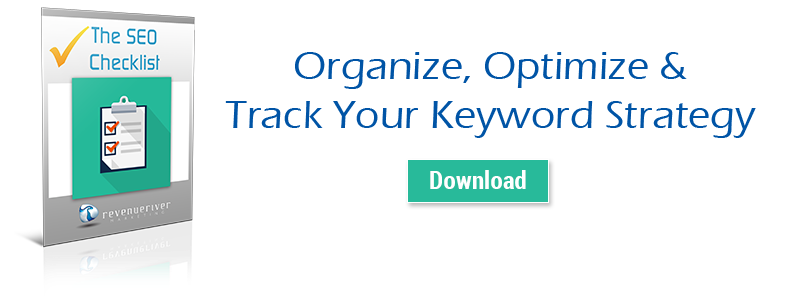
When it comes to posting content to LinkedIn Pulse, the most common concern for businesses is whether or not posting your current content is considered duplicate content. When LinkedIn made the announcement to allow all users to post content on Pulse, they did not intend for users to spam their website with duplicate content, but people could still do so. If a LinkedIn user takes a piece of content straight from their site and republishes on Pulse, there is a concern that their SEO could be negatively impacted due to duplicate content.
Throughout this blog post, I will be addressing this concern, including what Google and LinkedIn have to say, as well as what to do moving forward.
What LinkedIn Says About It
If you take a look at LinkedIn’s Publishing Platform Guidelines and best practices post, it does not say anything about publishing new, original content only. It only states that the content you post must be your own and not someone else’s. You can even publish something you have published other than on your website, as long as it is your work.
What Google Says About It
According to Google’s duplicate content guidelines, if you perform spammy, duplicate behavior, you can have an issue resulting in, worst case, a penalty and removal from the search results. This would consist of republishing many of your posts on LinkedIn Pulse. This would be seen as quite an overkill and overuse of Pulse’s advantages.
Reasons Not To Duplicate Content on LinkedIn
From the sound of it, LinkedIn is not so concerned with the duplicate content issue. It is very important that others begin to understand the reasons why duplicate content can have poor consequences. Here are the three major SEO concerns with LinkedIn Pulse and their lack of concern for duplication:
- Bad For Users - Google now places a very high value on user experience as a ranking factor. These factors provide an indirect but measurable benefit to a site’s popularity. When a site visitor reaches your site and discovers that they have landed on duplicate content, it hurts their experience because they are not being offered something new and unique. They are bouncing off the site because they are not going to find that piece of information as useful the second time they read it.
- Impact on Future Updates - In the past, duplicating content was considered a black hat tactic. SEO analysts used to go around and post the exact same content across the Web in hopes on increasing search engine rank quickly. As stated previously, Google does not appreciate this type of content creation nowadays. If you abuse the power of the ability to post freely on LinkedIn Pulse, it could come back to haunt you down the road in future Google algorithm updates.
- Lower Search Engine Rankings - When search engines crawl and index webpages, they find duplicate posts. Since LinkedIn sends much stronger signals than most websites, it's more than likely the content that was posted on Pulse will be found first. This will result in people finding your content on LinkedIn instead of your website. This will also give more search traffic and backlinks to the Pulse post rather than the article on your website.
What Can You Do To Avoid Duplicate Content?
In the end, it is very important to get more eyes on your content, but at what price? If you want to post content on LinkedIn, there are many different tips you can follow to avoid getting penalized, or avoid giving your users a poor experience:
- Do not copy your content word for word. Rewrite your posts so that about 50% of the content is unique.
- In case you do not rewrite your post uniquely enough, wait at least two weeks before republishing so the search engine has time to understand which post is the original.
- In the beginning of the LinkedIn Pulse article, you can put a link to the original article on your website to direct readers to your website.
- Repurpose longer work and break it into multiple individual blog posts.
- Consider whether an article would be better served to be published only on your domain versus LinkedIn, thereby avoiding duplication.
- Only publishing a small amount of duplicate content does not hurt your site. Try publishing the first one or two paragraphs of your blog post that is on your website as a teaser with a Read More link at the end to engage readers to get to your site.
- See which articles on your site performed best to inspire new posts.
- Avoid duplication entirely and create content unique only to LinkedIn Pulse.
Many marketers question whether or not posting their content to LinkedIn Pulse is considered duplicate content. In short, although LinkedIn does not have much to say, Google still strongly frowns upon duplicate content and could potentially penalize your site if abused. So to be on the safe side, always take the extra time to make your content unique one way or another using some of the tips mentioned above. In taking this extra time and creating this great content, you will also position yourself as a thought leader and not someone who just posts duplicates of what they have already written. Show the world that you have knowledge to offer!


